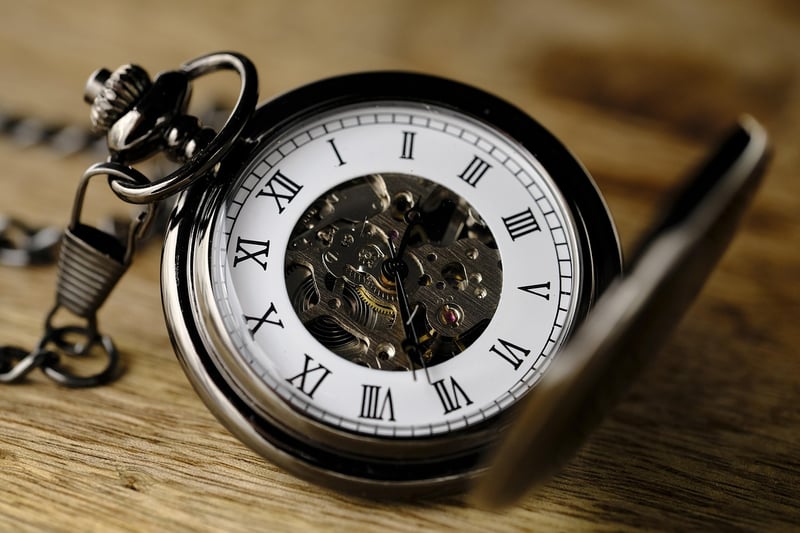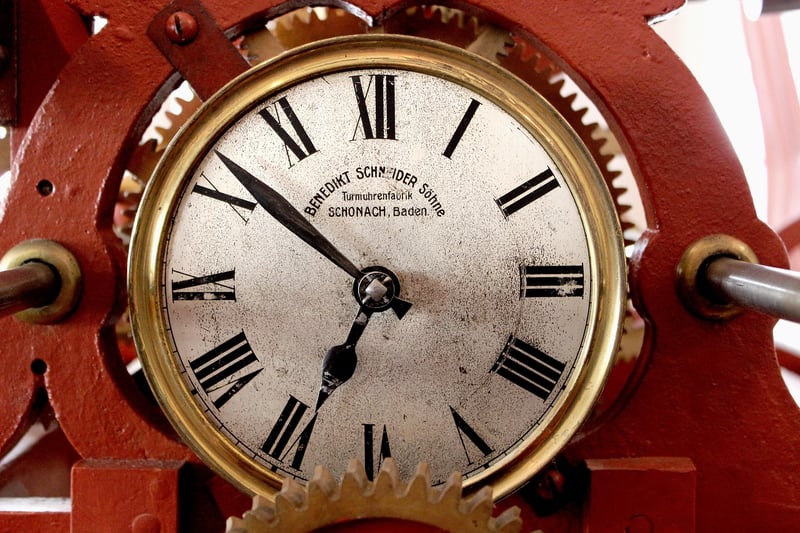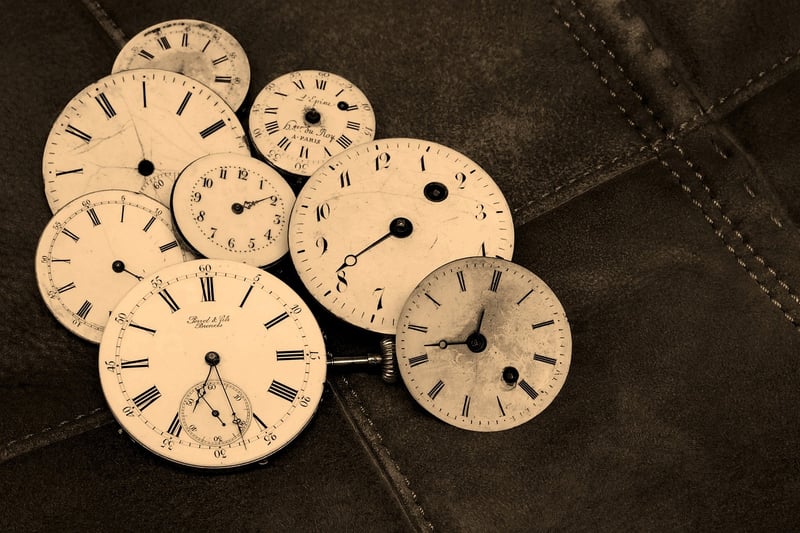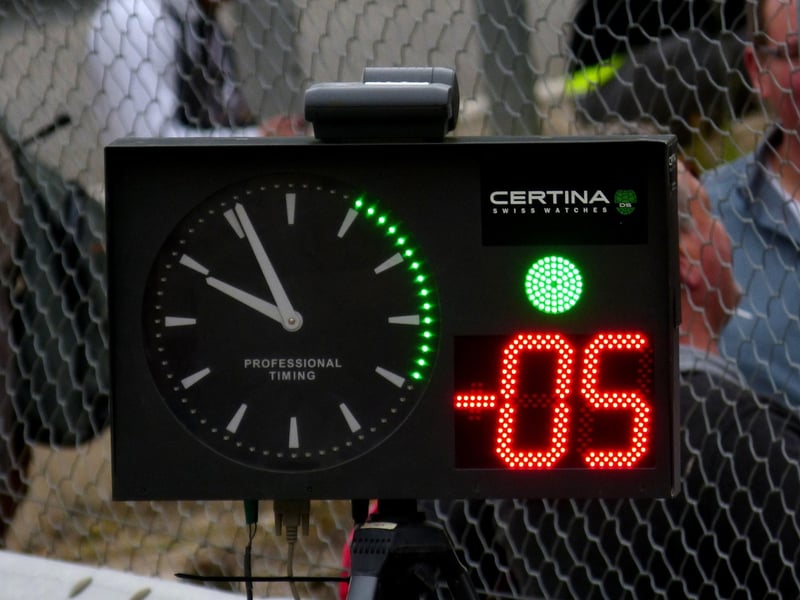Chronometers
Exploring Time: Tools and Chronometers
Time, an ever-flowing river, has fascinated mankind since ancient times. From sundials to atomic clocks, humans have developed various tools to measure and explore the concept of time. In this article, we delve into some of the essential instruments used for time exploration and discuss the role of chronometers in modern timekeeping.
1. Sundials
Sundials are one of the oldest timekeeping devices known to humanity. These instruments use the position of the sun's shadow to indicate the time of day. Sundials come in various forms, from simple designs to intricate structures found in gardens and public squares.

2. Water Clocks
Water clocks, also known as clepsydra, use the flow of water to measure time. By controlling the rate at which water flows out of a container, ancient civilizations could track the passage of hours and minutes. Water clocks were widely used in the past for various timekeeping needs.

3. Mechanical Clocks
Mechanical clocks revolutionized timekeeping by introducing gears, escapements, and pendulums to regulate the movement of clock hands. These clocks marked a significant advancement in precision time measurement and became commonplace in households, churches, and public spaces.

4. Atomic Clocks
Atomic clocks are the most accurate timekeeping devices ever created. These clocks rely on the vibrations of atoms to measure time with incredible precision. Atomic clocks are used in scientific research, telecommunications, and global positioning systems to ensure accurate time synchronization.

Chronometers in Modern Timekeeping
Chronometers are high-precision timepieces that meet strict accuracy standards set by official organizations like COSC (Controle Officiel Suisse des Chronometres). These watches undergo rigorous testing to ensure their accuracy and reliability, making them essential tools for navigation, aviation, and scientific research.
Whether through ancient sundials or cutting-edge atomic clocks, humanity's quest to understand and measure time continues to evolve. The tools we use may change, but the fascination with time remains a constant in our lives.
